IPv6 addresses are represented as a series of 16-bit hexadecimal fields separated by colons (:) in the format: x:x:x:x:x:x:x:x.
Following are two examples of IPv6 addresses:
2001:DB8:7654:3210:FEDC:BA98:7654:3210
2001:DB8:0:0:8:800:200C:417A
IPv6 addresses commonly contain successive hexadecimal fields of zeros. Two colons (::) may be used to compress successive
hexadecimal fields of zeros at the beginning, middle, or end of an IPv6 address (the colons represent successive hexadecimal
fields of zeros). The table below lists compressed IPv6 address formats.
A double colon may be used as part of the
ipv6-address argument when consecutive 16-bit values are denoted as zero. You can configure multiple IPv6 addresses per interfaces, but
only one link-local address.

Note
|
Two colons (::) can be used only once in an IPv6 address to represent the longest successive hexadecimal fields of zeros.
The hexadecimal letters in IPv6 addresses are not case-sensitive.
|
Table 1. Compressed IPv6 Address Formats
|
IPv6 Address Type
|
Preferred Format
|
Compressed Format
|
|
Unicast
|
2001:0:0:0:DB8:800:200C:417A
|
2001::DB8:800:200C:417A
|
|
Multicast
|
FF01:0:0:0:0:0:0:101
|
FF01::101
|
|
Loopback
|
0:0:0:0:0:0:0:1
|
::1
|
|
Unspecified
|
0:0:0:0:0:0:0:0
|
::
|
The loopback address listed in the table above may be used by a node to send an IPv6 packet to itself. The loopback address
in IPv6 functions the same as the loopback address in IPv4 (127.0.0.1).

Note
|
The IPv6 loopback address cannot be assigned to a physical interface. A packet that has the IPv6 loopback address as its
source or destination address must remain within the node that created the packet. IPv6 devices do not forward packets that
have the IPv6 loopback address as their source or destination address.
|
The unspecified address listed in the table above indicates the absence of an IPv6 address. For example, a newly initialized
node on an IPv6 network may use the unspecified address as the source address in its packets until it receives its IPv6 address.

Note
|
The IPv6 unspecified address cannot be assigned to an interface. The unspecified IPv6 addresses must not be used as destination
addresses in IPv6 packets or the IPv6 routing header.
|
An IPv6 address prefix, in the format
ipv6-prefix /prefix-length , can be used to represent bit-wise contiguous blocks of the entire address space. The
ipv6-prefix must be in the form documented in RFC 2373 where the address is specified in hexadecimal using 16-bit values between colons.
The prefix length is a decimal value that indicates how many of the high-order contiguous bits of the address comprise the
prefix (the network portion of the address). For example, 2001:DB8:8086:6502::/32 is a valid IPv6 prefix.


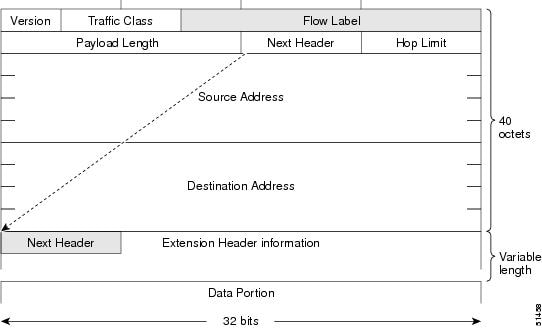
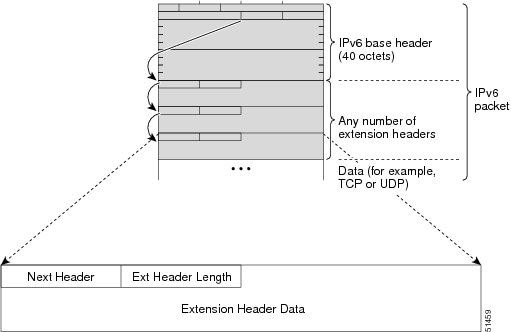
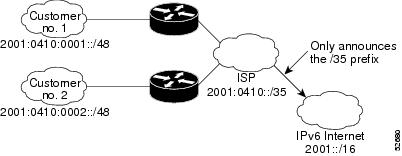
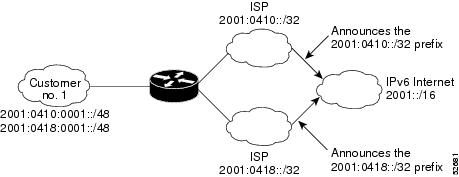
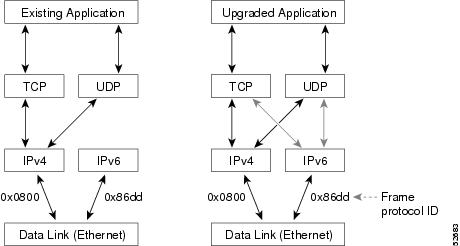
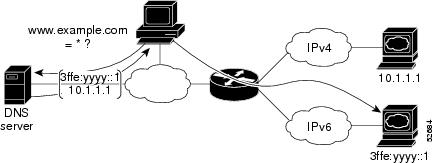
 Feedback
Feedback